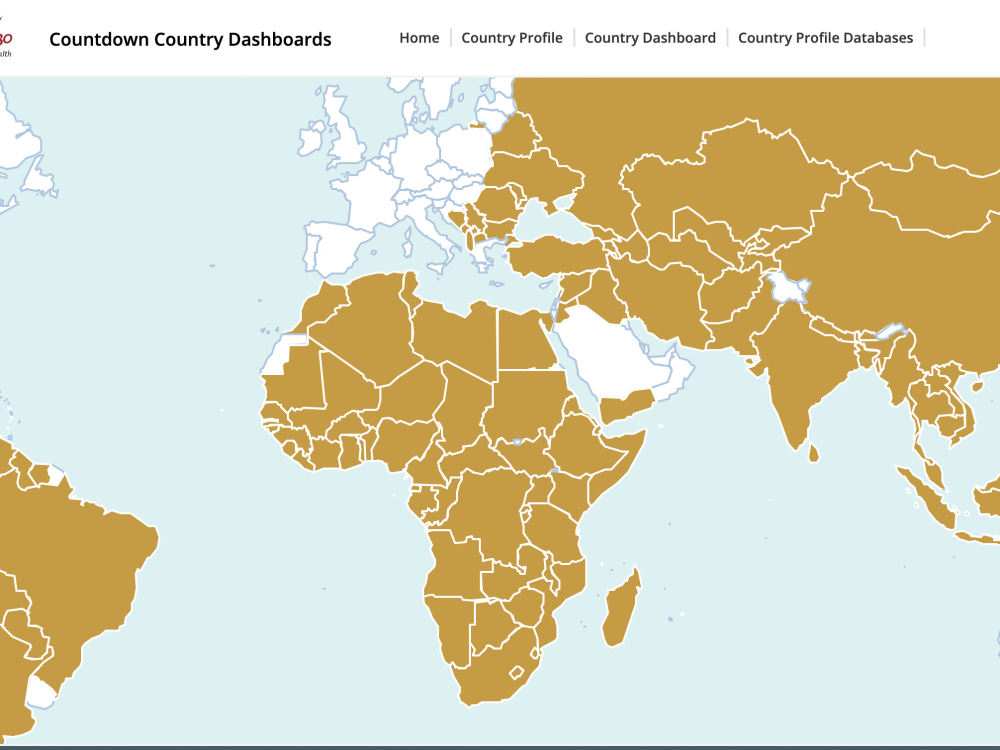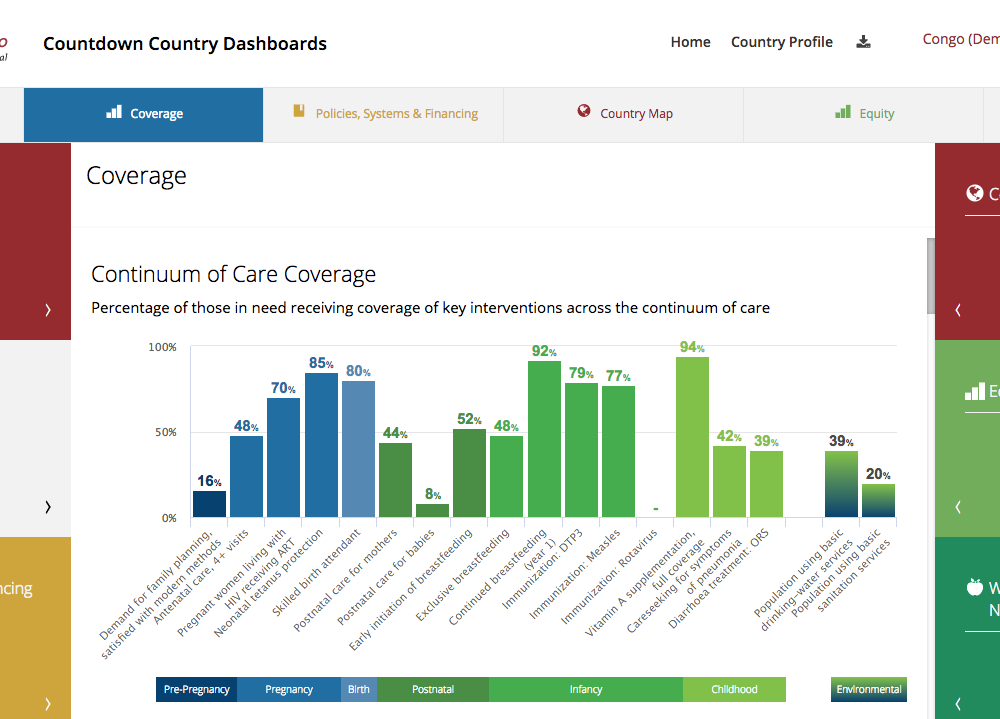UNICEF Data for Children Data Landscaping
Within the Agenda 2030 context of “leave no one behind,” there exists an opportunity – and a pressing obligation – to support better outcomes for children. Through a combination of desk research and key informant interviews, this work seeks to understand and address challenges and opportunities within national data and statistical systems, to support the “smart” demand, supply, and use of data and achieve better results for children.
Global Scope
Since 2018, DG has supported the roll-out of UNICEF’s Data for Children Strategic Framework across eleven countries. DG has developed individual data landscape reports along with strategic action plans that include actionable cost breakdowns for UNICEF Country Offices in Myanmar, Papua New Guinea, Philippines, Thailand, Viet Nam, Lesotho, Ethiopia, Ghana, Equatorial Guinea; for the UNICEF East Asia and Pacific Regional Office, West and Central Africa Regional Office, and Headquarters. DG has also supported rapid (re)prioritization of data for children assessments and action plans for COVID-19 response, supporting Country Offices in Jamaica and Botswana; and developed a Data for Action ‘Do-It-Yourself’ toolkit for global use.
Understanding the Data Ecosystem
Through the UNICEF Data for Children landscaping work, DG spoke with nearly 350 stakeholders to better understand the national data ecosystem, its actors, drivers, what creates bottlenecks, and what improves decisions and outcomes. Across contexts, we found common unmet needs related to (i) production of and access to suitable data; (ii) misaligned incentives and reporting structures; and (iii) missing links that connect data generation to effective communication of evidence.
Development Gateway worked with partners to build country and regional data action plans. These plans aim to identify where UNICEF is best-placed to support data for country priorities. Specifically, the landscape analyses identified how UNICEF could best engage with the broader community to avoid perpetuating systemic flaws, such as duplicated agency efforts; unique data collection efforts that circumvent and undermine government systems and capacity; and indicator collection demands that distract from frontline service delivery.
The analysis also indicated where investment in data could have the greatest impact for children – and where existing work may be phased out or transitioned to those with greater comparative advantage. Above all, we aimed to shift focus from collecting massive, rarely-used amounts of data, to informing “smart demand” of data – collecting information with specific decisions and problems in mind.
Overarching Recommendations
Across multiple countries and regions, our findings pointed to several overarching recommendations:
- Recognize that by its nature data is political as is data investment.
- Strengthening government M&E systems can increase demand for, and make the case for funding the supply of, better data.
- Improving how we communicate why data use matters is key to making the case for additional investment.
Related Posts

The Building Blocks for Successful Data Visualization Tools
In 2020, we sought to answer a pivotal question: what are the good practices and lessons learned from the many existing women’s, children's, and adolescent’s health data visualization tools? In partnership with UNICEF, DG worked to identify good practices, as well as to determine any differences for emergency-focused data visualization tools, using COVID-19 as a test case.

Understanding National Data Ecosystems
Within the Sustainable Development Goal context of “leave no one behind,” there exists an opportunity – and a pressing obligation – to support better outcomes for children. But much of the change needed must happen at country and local level, through better use of data and evidence in decision-making.

Countdown to 2030: Accelerating Momentum towards Ending Preventable Maternal, Newborn, and Child Deaths with UNICEF
DG is pleased to announce the recent launch of the Countdown 2030 Country Dashboards and Profiles. In recent months, we partnered with Countdown 2030 and UNICEF, a Countdown 2030 member, to develop a series of comprehensive dashboards that illuminate progress towards achieving Sustainable Development Goal (SDG) 3, Good Health and Wellbeing, which calls for the end of preventable maternal, newborn, and child deaths. The Dashboards and Country Profiles visualize data that is provided through an API serviced by UNICEF.